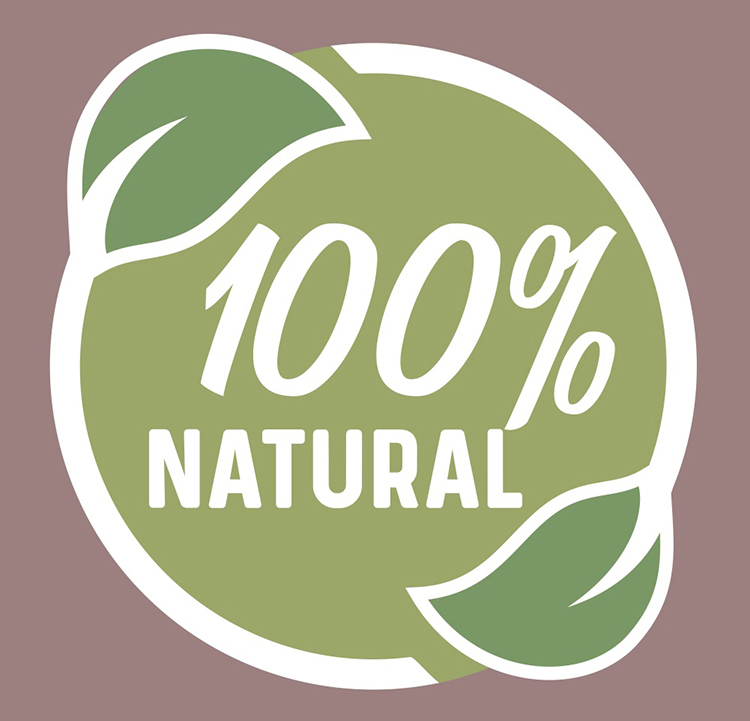
Food can carry quite a few labels these days. There’s grass-fed, organic, no antibiotics used, vegan, from cows not treated with rBST, clean . . . and probably at least a dozen others. It’s easy to get frustrated by logos and announcements that, to food producers, might come across as just another marketing tactic.
If you look a little deeper at those terms listed above, though, they’re all mostly just trying to say the same thing: “natural.”
“Natural implies safe; natural implies simple,” Alan Levinovitz defined to agriculture stakeholders during this year’s Animal Agriculture Alliance Summit. Levinovitz is a professor of religion and philosophy at James Madison University.
Many consumers in today’s society seem to take a fairly binary view to products they consume. Something is perceived as either good (for their body, the environment, the people who make it, and for the world), or bad — and if it’s bad in one area, it is likely bad in the others, too. There’s little gray area between the black and white.
In the case of complexity, simple is the good guy and complicated is the bad one, Levinovitz described. And when natural is associated with simplicity, it makes anything seen as “unnatural” inherently complicated and bad.
Agriculture and food can be a perfect example of this. “We want to eat what we understand,” he explained. “And we can’t understand a lot of modern food production practices.”
If we can’t understand it, it must be too complicated to be “good.”
Now, if there’s one good thing to come out of the COVID-19 pandemic, it’s that Americans have had to learn the hard way about the long (complicated) process of events that occur for food to reach their grocery stores. The system is not perfect, as we have also seen.
But even though the processes are a bit complex, the product is not. We know that milk is actually nature’s most nearly perfect food!
And the food that makes it to stores, which is the vast majority of it, is still healthy, wholesome, and, most of all, safe. That’s because of the many links it is checked through along the way. Take milk, for example — farmers observe proper milking procedures and withholding times to keep their product as healthy as possible, the bulk tank is checked by the milk truck driver, and then the milk undergoes numerous tests at the processing plant. This is all before it is even made into various dairy products that are tested for quality. Even amidst this pandemic, food safety has not been compromised.
Complexity in this case is a good thing because it means enough people care to take the right steps along the way. Consumers are seeing the value of each step now more than ever. Farmers often tell our milk production story, but it’s important to include the rest of the supply chain in that conversation, too. The more we know, the less complicated it becomes.

Katelyn Allen joined the Hoard’s Dairyman team as the Publications Editor in August 2019. She manages the development, editing, and marketing of the variety of resources offered through the Hoard’s Dairyman Bookstore. Katelyn is a 2019 graduate of Virginia Tech, where she majored in dairy science and minored in communication. Katelyn grew up on her family’s registered Holstein dairy, Glen-Toctin Farm, in Jefferson, Md.








